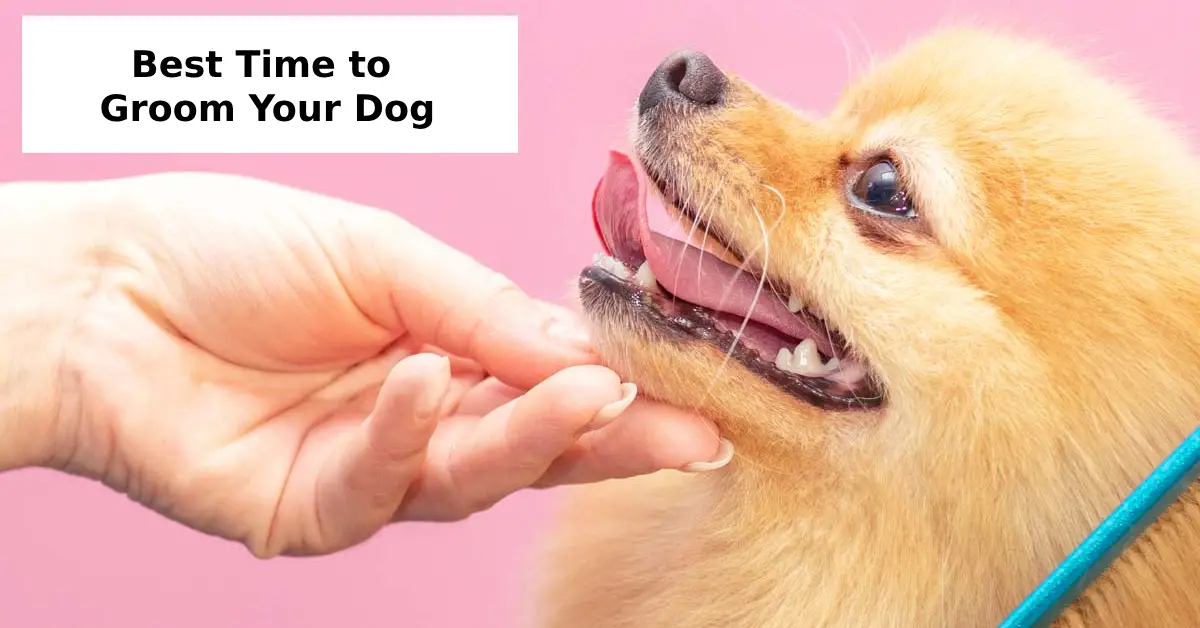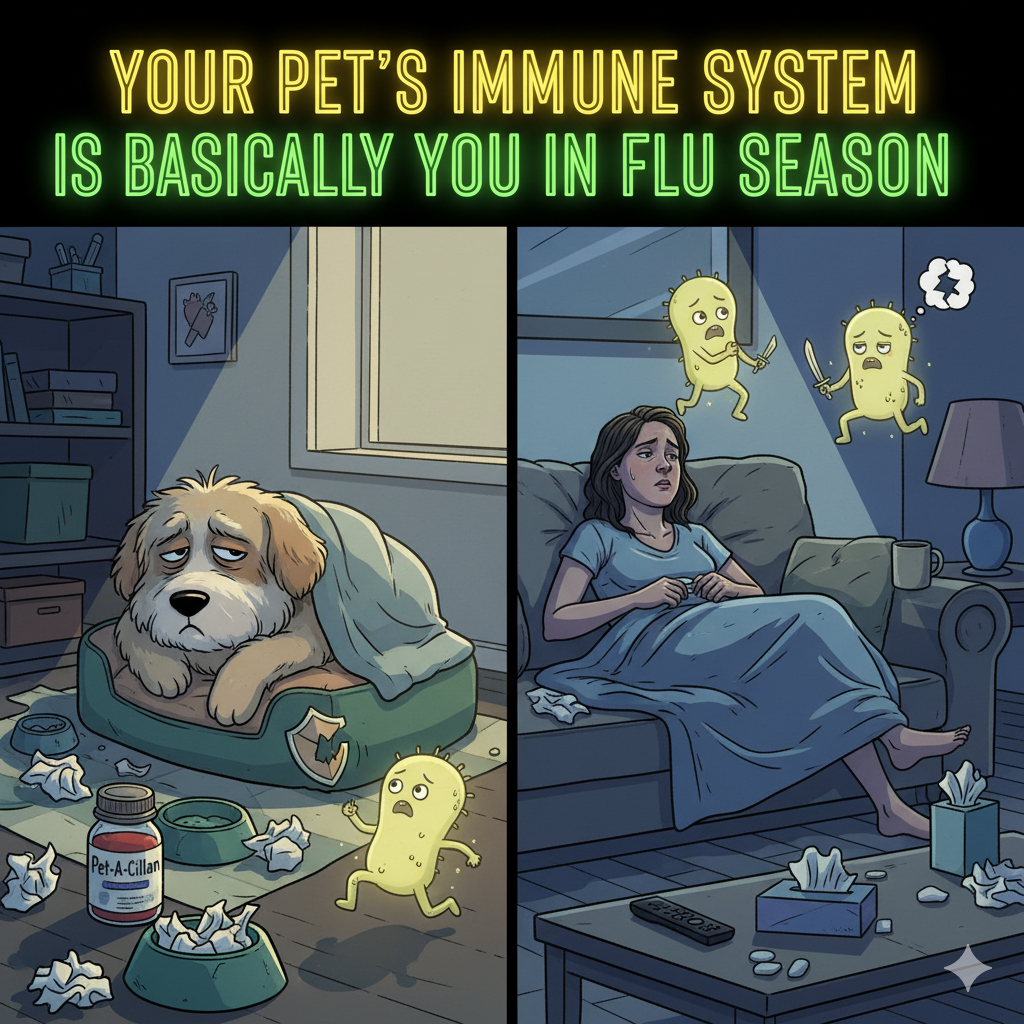Grooming your dog isn’t just about looking cute — it’s essential for their health, hygiene, and happiness. But when is the best time to groom your dog? The answer isn’t always simple. It depends on your dog’s breed, coat type, activity level, and even the season. In this dog park etiquette guide, we’ll help you find the perfect grooming routine to keep your furry friend looking and feeling their best year-round.
Whether you’re a first-time pet parent, a seasoned dog trainer, or a DIY home groomer, timing your grooming sessions can make a world of difference. Let’s dive into the ideal grooming times, frequency based on breed, seasonal dog grooming tips, and how to spot signs your dog needs grooming — all with EEAT and Yoast-friendly accuracy and clarity.
Why Timing Matters: A Dog Park Etiquette Guide to Grooming
Proper grooming isn’t just about aesthetics; it’s part of responsible dog ownership. Especially when visiting shared spaces like parks or social settings, grooming ensures your pup is clean, comfortable, and friendly to others.
Pet parents of all dog breeds should know: grooming helps avoid matting, reduce shedding, prevent infections, and maintain a dog’s skin and coat health. It’s also a chance to check for ticks, fleas, or underlying skin issues early.
Knowing the right grooming timing also helps ensure your dog is calm, cooperative, and not too tired or hyper — making the process smoother for both of you.
Best Dog Grooming Schedule Based on Breed & Coat Type
Every dog is different, so the best dog grooming schedule depends on their coat type and breed. Here’s a quick breakdown:
| Breed Type | Coat Type | Recommended Frequency |
|---|---|---|
| Poodle, Bichon | Curly/High Maintenance | Every 3-4 weeks |
| Labrador, Beagle | Short Coat | Every 6-8 weeks |
| Golden Retriever, Collie | Double Coat | Every 4-6 weeks + regular brushing |
| Shih Tzu, Yorkie | Long Coat | Every 2-3 weeks |
| Huskies, German Shepherds | Heavy Shedders | Weekly brushing + seasonal grooming |
Dog grooming based on breed ensures you’re maintaining not just cleanliness but breed-appropriate care. If you’re a busy professional who wants to optimize grooming time, sticking to a tailored routine is key.
Grooming Dogs in Summer vs Winter: Seasonal Dog Grooming Tips
Your dog’s grooming needs change with the weather. Here’s a quick guide for grooming dogs in summer vs winter:
Summer Grooming:
- Bathe more often (once every 2–3 weeks)
- Trim fur, especially underbelly and paws
- Keep nails short for outdoor activity
- Brush frequently to reduce overheating and matting
Winter Grooming:
- Avoid over-bathing (once a month is fine)
- Moisturize paw pads to prevent cracking
- Let fur grow slightly longer for warmth
- Dry thoroughly after baths to avoid chills
For dog lovers looking for seasonal care tips, timing your sessions according to weather is crucial. Always consult your vet or a professional groomer for specific seasonal dog grooming tips.
Morning vs Evening Dog Grooming – What’s Better?
Should you groom your dog in the morning or evening? The answer depends on your dog’s energy level and your own schedule.
- Morning grooming is ideal for energetic dogs who can release energy before the session.
- Evening grooming works best for calmer dogs, especially if they’ve already had a long walk.
If you’re among the suburban and urban dog owners with access to local groomers, schedule appointments during off-peak hours to avoid rush and stress.
How Often Should You Groom Your Dog? Watch for These Signs
Even with a schedule, you need to monitor your dog for visible grooming cues. Here are common signs your dog needs grooming:
- Unusual odor
- Matting or tangles
- Shedding more than usual
- Dirt or debris in fur
- Long nails clicking on the floor
- Redness or irritation on skin
Whether you’re a rescue dog adopter or a senior citizen with companion dogs, learning to spot these signs ensures you never miss a grooming session.
Dog Grooming During Shedding Season
Spring and fall bring on shedding season, especially for double-coated breeds. Here’s how to handle it:
- Use de-shedding brushes (like Furminator)
- Brush every 1–2 days
- Bathe using a de-shedding shampoo
- Use a blow dryer with a cool setting to remove loose fur
Dog grooming during shedding season helps control fur around the house and keeps your dog cool and comfortable.
Dog Grooming Routine at Home – The Essentials
Want to groom your pup yourself? Here’s a beginner-friendly dog grooming routine at home:
- Brush – daily or weekly depending on coat
- Bath – every 3–6 weeks with dog-safe shampoo
- Nail Trim – every 2–3 weeks
- Ear Cleaning – once a week
- Teeth Brushing – 2–3 times a week
- Eye & Paw Cleaning – as needed
Perfect for DIY home groomers wanting to build a routine — always use proper grooming tools and reward your pup with treats and love.
Also check out Grooming Tips for Anxious Dogs to make your sessions smoother if your pet gets nervous.
Grooming for High-Maintenance & Shedding Breeds
If you own breeds like Golden Retrievers, Huskies, or Poodles, grooming isn’t just routine — it’s a lifestyle.
- Golden Retrievers: Weekly brushing + monthly bath
- Poodles: Every 3 weeks professionally groomed
- Huskies: Heavy de-shedding tools during season
Owners of high-maintenance breeds should consider mobile groomers or regular salon visits to keep things manageable.
Seasonal Grooming Calendar: Your Dog Park Etiquette Guide
Here’s a month-by-month dog grooming timing by coat type for your convenience:
| Month | Focus |
|---|---|
| January | Paw balm, winter coat maintenance |
| March | Start shedding prep |
| June | Summer trim, flea/tick control |
| September | Fall shed, ear & eye cleaning |
| December | Holiday prep, keep warm coat healthy |
Bonus: Tips for Families & Dog Trainers
- Families with kids and dogs: Choose low-shed grooming routines to keep your home clean.
- Dog trainers or pet service providers: Create printed grooming guides for clients based on breed and behavior.
Also, first-time dog owners should maintain a grooming journal or calendar. It’ll help you remember what worked and what didn’t!
Final Thoughts:
To sum up: when is the best time to groom your dog? It depends on their breed, coat, season, and even your dog’s personality. But by following this dog park etiquette guide, you’ll always stay one step ahead.
Focus on:
- Building a consistent schedule
- Adapting to seasons and shedding cycles
- Watching for grooming need signs
- Choosing morning or evening based on energy levels
- Adjusting based on breed and coat type
Whether you’re a pet parent, groomer, or just a dog lover, grooming is your chance to bond with your pet, improve their health, and keep them (and your home) looking and feeling fresh.






1 thought on “When Is the Best Time to Groom Your Dog?”